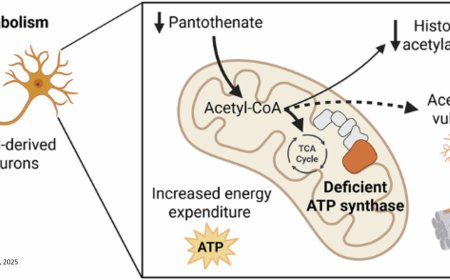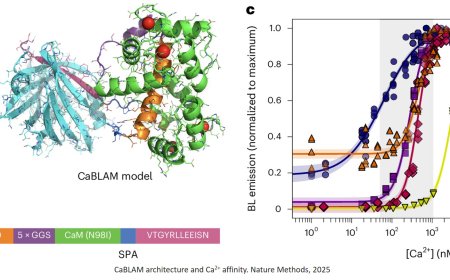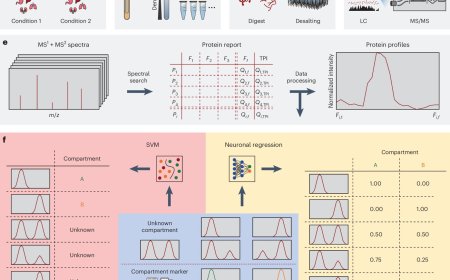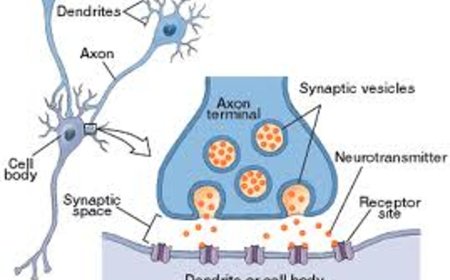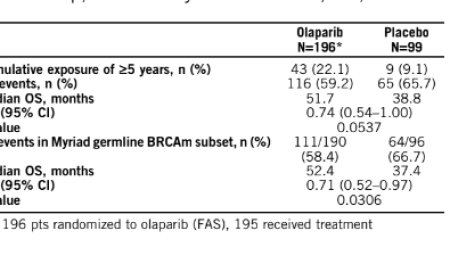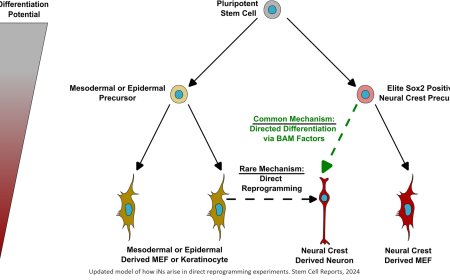Ureteral organoid from pluripotent stem cells
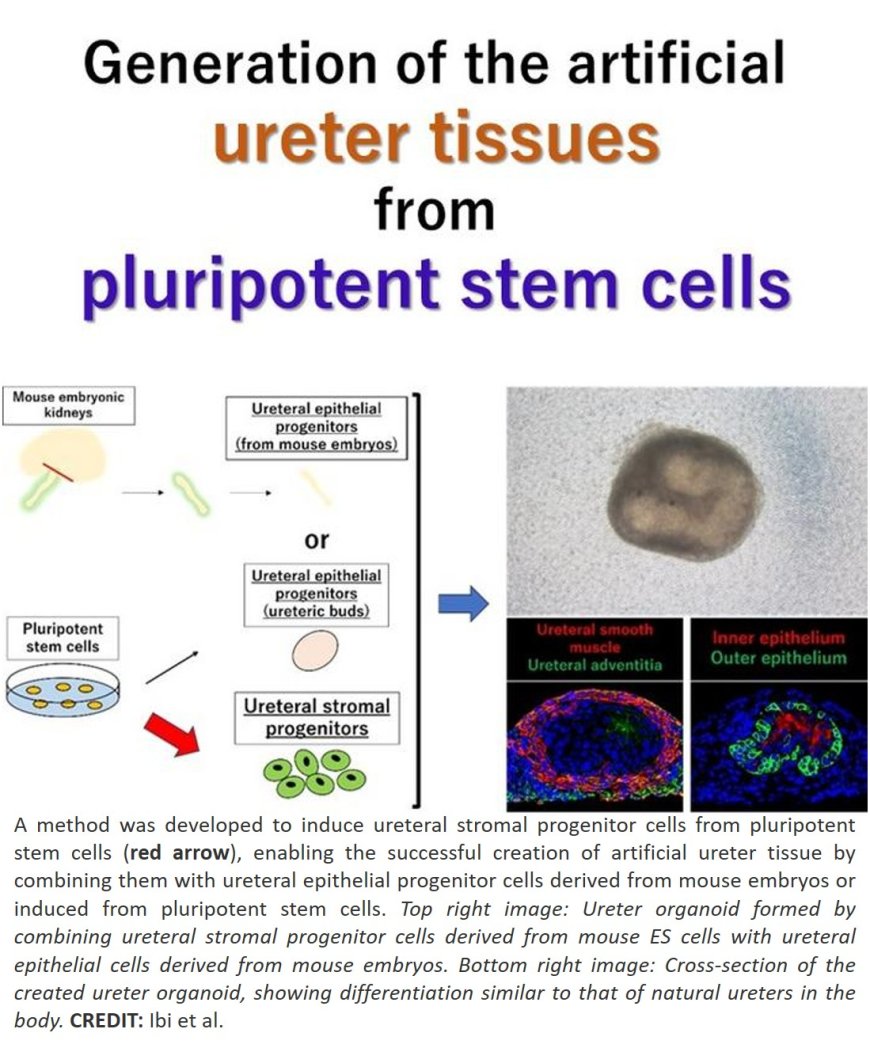
Scientists have made a major breakthrough in regenerative medicine by successfully creating functional ureter tissue—organoids resembling the urinary tract—from pluripotent stem cells. The achievement brings researchers one step closer to developing transplantable kidneys capable of producing and expelling urine.
The ureter, a critical tube that carries urine from the kidneys to the bladder, has long been missing from lab-grown kidney models. Without it, kidney organoids have lacked the ability to simulate complete organ function, posing a major obstacle to future transplant applications.
The team successfully created ureteral tissues from pluripotent stem cells by integrating induced ureteral stromal progenitors and epithelial components derived from mouse embryos or induced ureteral epithelial progenitors. When these cell types were combined, they self-organized into three-layered, peristaltically contracting ureteral structures. Some organoids even displayed rhythmic contractions similar to natural urine flow.
Notably, the researchers also modeled genetic ureteral disorders using cells with TBX18 mutations, which resulted in impaired tissue development, offering a promising platform for studying congenital urinary tract diseases.
“This is the first time a ureteral structure has been built entirely from pluripotent stem cells,” said the senior author. “Combining this with our kidney organoids may enable the construction of transplantable kidneys that can produce and excrete urine—marking a significant step toward next-generation regenerative therapies.”
